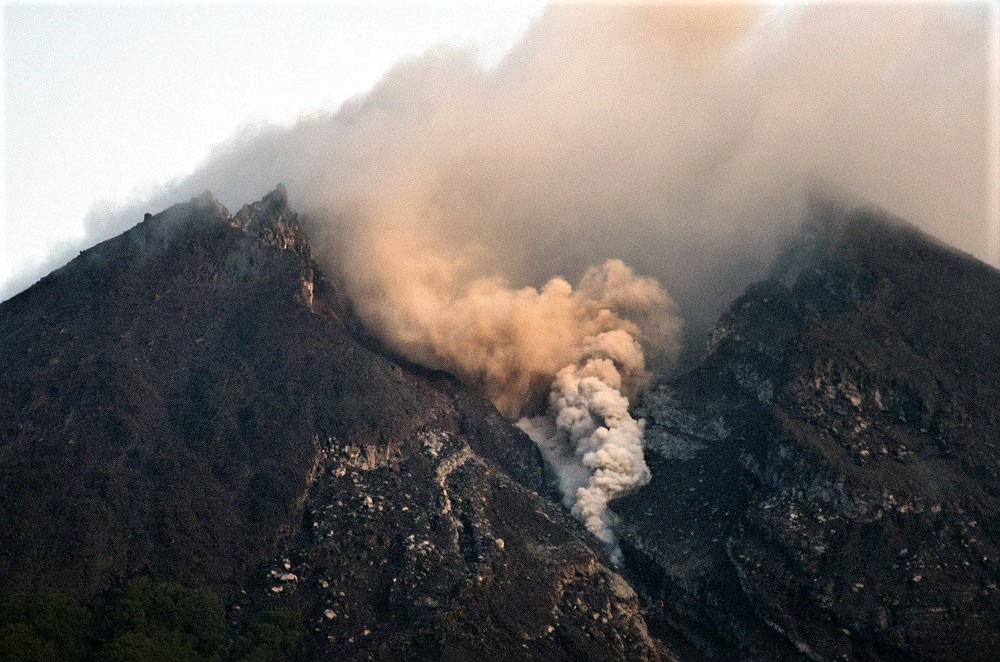February 01 , 2019. EN. Indonesia : Merapi , Chile : Guallatiri , Chile : Nevados de Chillan , Colombia : Chiles / Cerro Negro , Guatemala : Fuego .
February 01 , 2019. Indonesia , Merapi : The Mount Merapi volcano in Yogyakarta has being spewing hot ash for the past few days, for the first time…

